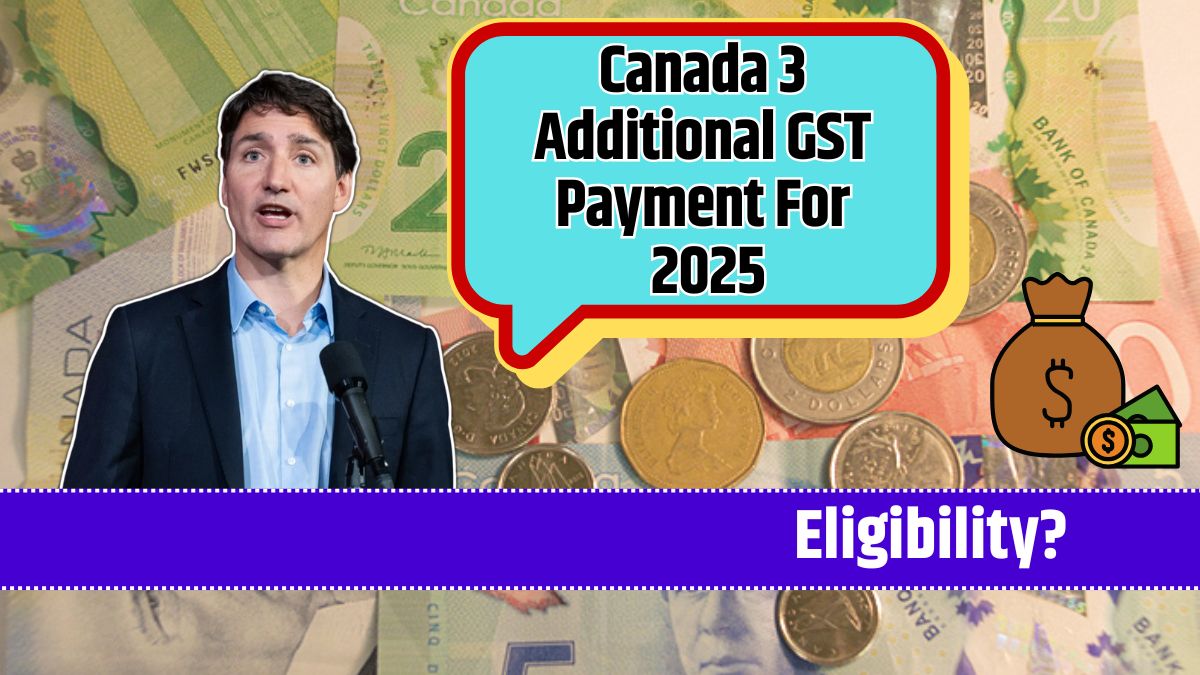The Canada Disability Benefit (CDB), introduced under Bill C-22, is a significant move towards reducing poverty and improving the financial well-being of Canadians with disabilities.
Expected to launch in July 2025, this benefit aims to supplement existing disability supports and provide up to $200 per month for eligible individuals. Here’s a closer look at the CDB, its eligibility requirements, expected payments, and more.
Canada Disability Benefit
The CDB is part of Canada’s Disability Inclusion Action Plan, addressing the financial challenges faced by working-age Canadians with disabilities. Around 23% of this population lives in poverty, with higher rates among those with severe disabilities.
This initiative is set to help bridge the financial gap, though some advocates argue that the proposed amount may still fall short of meeting the needs of many recipients.
Eligibility
To qualify for the CDB, applicants must meet these key criteria:
- Disability Tax Credit (DTC): Applicants need a valid DTC certificate. This requires certification by a medical professional confirming a severe and prolonged physical or mental impairment.
- Age Requirement: The benefit targets working-age individuals, meaning applicants must be between 18 and 65 years old.
- Income and Disability Status: Though specific income thresholds are not yet finalized, the CDB aims to support those living below the poverty line or experiencing significant work limitations due to their disabilities.
For more details, you can visit the Government of Canada’s Disability Tax Credit page.
Payment Amount
While the exact amount of the CDB is yet to be finalized, it is expected to provide $200 per month, equating to $2,400 annually. The payments will be indexed to inflation, ensuring the benefit remains relevant over time.
Table: Key Details About the CDB
| Aspect | Details |
|---|---|
| Introduction | Bill C-22 offers financial support to disabled individuals. |
| Eligibility | Requires valid DTC, age 18–65, low income. |
| Benefit Amount | $200/month ($2,400/year). |
| Payment Start | July 2025. |
| Budget Allocation | $6.1 billion over six years. |
However, disability advocates point out that this amount does not fully address the poverty gap. For example, the Parliamentary Budget Office estimates some individuals need over $14,000 annually to reach financial security. The government has clarified that the CDB is a supplement to existing benefits, not a replacement.
Application Process
The CDB application process is expected to align with the Disability Tax Credit system. Here’s what you can expect:
- Automatic Enrollment: Individuals already approved for the DTC may be automatically considered for the CDB, reducing paperwork.
- Support for DTC Applications: The government plans to cover medical form costs required for DTC certification, removing a financial barrier for applicants.
Further details about the application steps will be released closer to the launch date.
Interaction With Other Benefits
One concern is whether the CDB might impact other disability supports. The government has emphasized that the CDB will:
- Not Replace Existing Benefits: Programs like the Canada Pension Plan Disability (CPP-D), Child Disability Benefit, and Registered Disability Savings Plan (RDSP) will remain intact.
- Work Alongside Provincial Supports: The CDB will supplement, not reduce, provincial disability payments.
However, its interaction with private insurance benefits is still under discussion, as advocates push to ensure that private insurers do not reduce payouts due to CDB payments.
The CDB represents a vital step forward for Canadians with disabilities, offering financial support and helping to combat poverty. Though there’s room for improvement, the benefit is a welcome addition to the country’s social safety net.
















